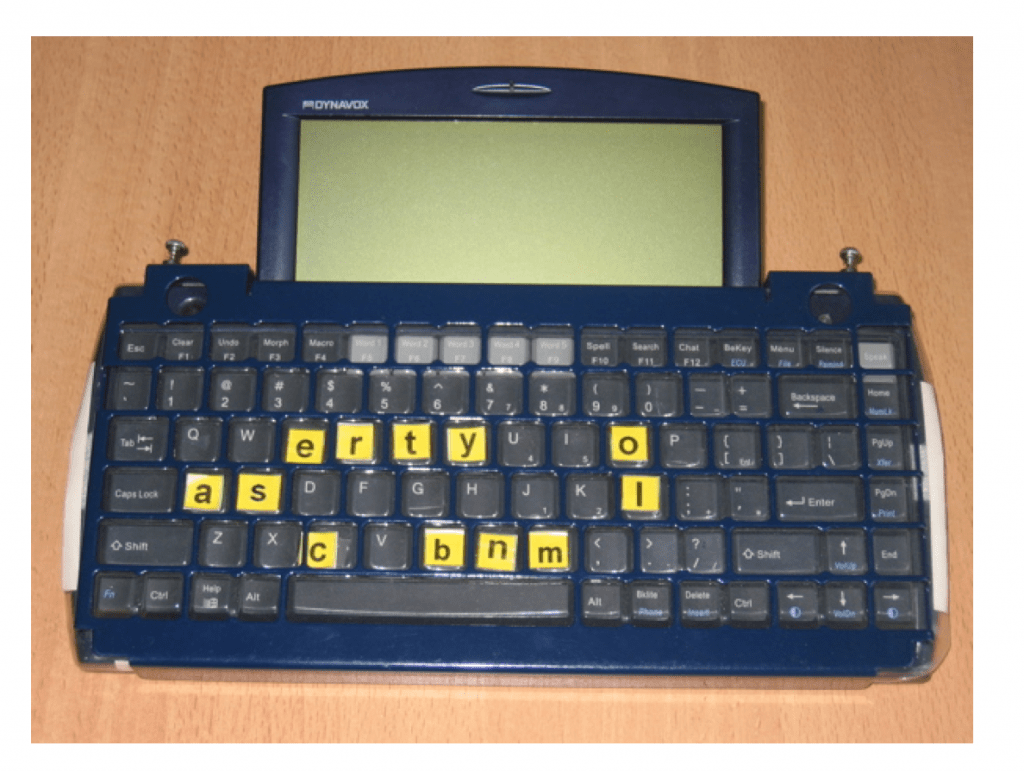As you saw in the prior video, we not only taught Anna to read but we also taught her written communication skills. Writing /typing skills are also critical in today’s society and writing should be a key component of literacy instruction. Writing or typing provides a means to participate in education, complete work responsibilities, interact on social media, access information technology, and complete activities of daily living. Writing provides access to lots of fun activities!
In general terms, learning to write /type is more challenging than learning to read so we waited to start writing instruction once Anna had started to decode some words and recognize some words by sight. Writing imposes more working memory demands as the learner has to dynamically encode the text so it is important to have some basic skills in place.
We used the Literacy instruction checklist to make sure that the instruction in writing was effective. Specifically, we checked that we:
- Made instruction meaningful and motivating
- Provided sufficient time for instruction
- Targeted appropriate skills
- Utilized effective instructional procedures
- Provided adaptations to support participation.

Just as with reading instruction, we provided adaptations to support Anna’s participation in writing instruction. In the early stages of instruction, we helped her sound out words so that she could encode them.
We also provided adaptations to help her produce written text. Often handwriting is difficult for learners with special needs, like Anna. So we introduced Anna to a keyboard and to letter cards to reduce the motor demands of producing written text.
As with reading instruction, writing instruction with Anna involved direct instruction in basic skills as well as numerous opportunities to apply these skills in meaningful writing tasks such as writing stories, typing emails, using the Internet, posting on social media, or writing notes to family and friends.